SICB Annual Meeting 2014
January 3-7, 2014
Austin, TX
Symposium: The micro and macro of nutrient effects in animal physiology and ecology
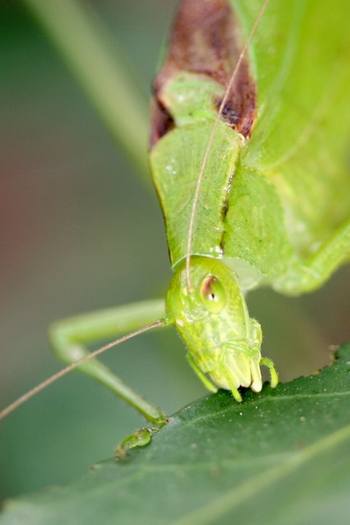
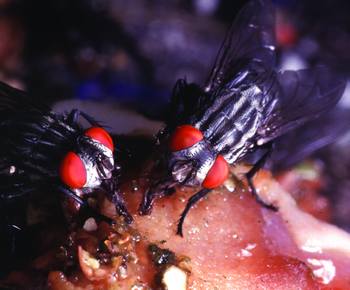
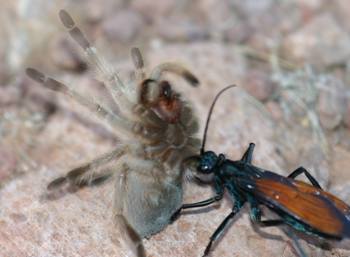
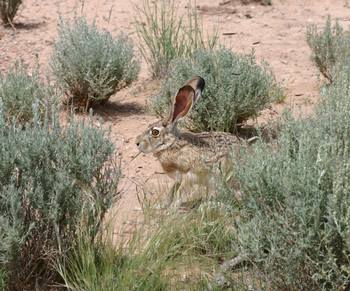
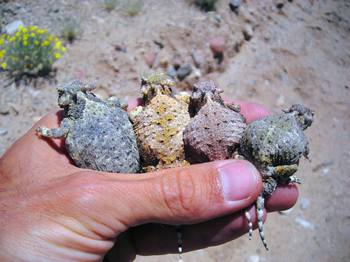
The integrated study of nutrition, which is at the center of animal physiology, ecology and evolution is garnering increased attention. The importance of macronutrients that include protein, lipids and carbohydrates have been a focus for physiological, ecological and theoretical research for decades, and recent insights have been gained through advances in stable isotope ecology and ecoimmunology. In addition, more recent work has highlighted the influence of micronutrients in these interactions. Micronutrients such as specific amino acids, fatty acids as well as plant compounds like carotenoids and alkaloids have been found to have strong effects on how animals allocate macronutrients to competing physiological demands such as immune function and reproduction. Neurological and ecological research also suggests that animals have mechanisms for sensing, seeking out and acquiring both these micro- as well as macronutrients to meet specific needs, such as fighting particular pathogenic infections. Furthermore, studies at the community and ecosystem levels suggest that the effects of micronutrients at organismal levels influence disease dynamics as well as nutrient cycling. This symposium will integrate these exciting findings across fields and levels of biological organization in order to highlight the potential for future collaborative research in animal nutritional ecology.
Sponsors: DCPB
Organizers
- Robin Warne, Southern Illinois University, rwarne@siu.edu
- Dan Hahn, University of Florida, dahahn@ufl.edu
Speakers
S9.1-1 Tuesday, Jan. 7, 08:00 WARNE, Robin:
The micro and macro of nutrients across biological scales
S9.1-2 Tuesday, Jan. 7, 08:10 BOGGS, C.L.*; NIITEPOLD, K.:
Stress, nutrient allocation and multivariate life history: from lab to field
S9.1-3 Tuesday, Jan. 7, 08:40 NEWSOME, Seth D.*; WOLF, Nathan; FOGEL, Marilyn L.:
Bulk tissue and amino acid δ13C analysis shows that mice can use dietary lipids to build proteinaceous tissues
S9.1-4 Tuesday, Jan. 7, 09:10 KLASING, K. C.:
Costs of Income Versus Capital Provisioning of Nutrients for Immune Defenses in Birds
S9.1-5 Tuesday, Jan. 7, 09:40 WILLIAMS, C.M.*; SUNNY, N.; EDISON, A.S. ; MORGAN, T.J.; HAHN, D.A.:
Nutrient flux through glycolysis and gluconeogenesis and the evolution of cold-stress tolerance in Drosophila melanogaster.
S9.2-1 Tuesday, Jan. 7, 10:30 BEHMER, S. T.:
The Physiological Ecology of Nutrition: A Framework for Linking the Lab to the Field
S9.2-2 Tuesday, Jan. 7, 11:00 MCWILLIAMS, S.R.*; PIERCE, B:
THE FAT OF THE MATTER: HOW DIETARY FATTY ACID COMPOSITION AFFECTS ENERGY EXPENDITURE OF BIRDS DURING MIGRATION
S9.2-3 Tuesday, Jan. 7, 11:30 FROST , Paul C*; WAGNER, Nicole D:
A beginner’s guide to nutritional profiling in physiology and ecology
S9.3-1 Tuesday, Jan. 7, 13:30 ZERA, A.J.:
Physiological, biochemical, and molecular bases of a nutrient allocation trade-off that underlies a life history trade-off in a wing-polymorphic cricket
S9.3-2 Tuesday, Jan. 7, 14:00 HATLE, JD:
Ingestion and allocation of macronutrients underlying reduced reproduction and life extension in grasshoppers
S9.3-3 Tuesday, Jan. 7, 14:30 SINGER, M.S.*; MASON, P.A.; SMILANICH, A.M.:
Ecological Immunology of Woolly Bear Caterpillars
S9.3-4 Tuesday, Jan. 7, 15:00 KASPARI, Michael*; CLAY, Natalie:
Scaling up the effects of Na from individual performance to ecosystem function

